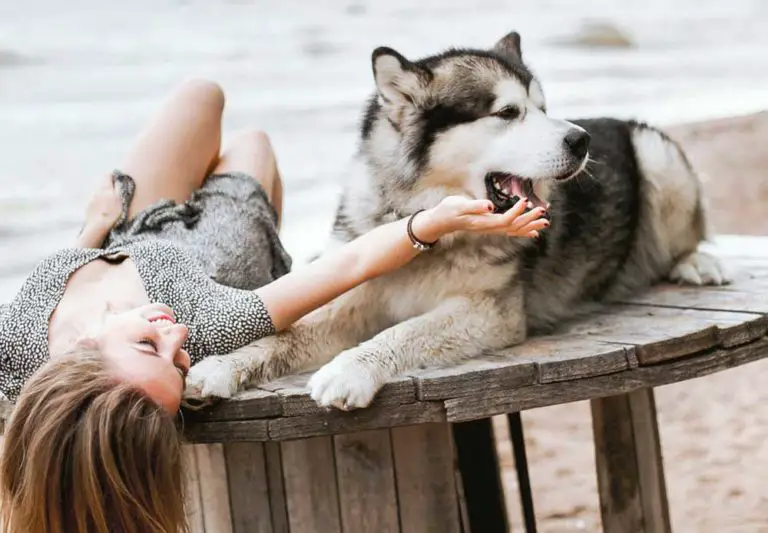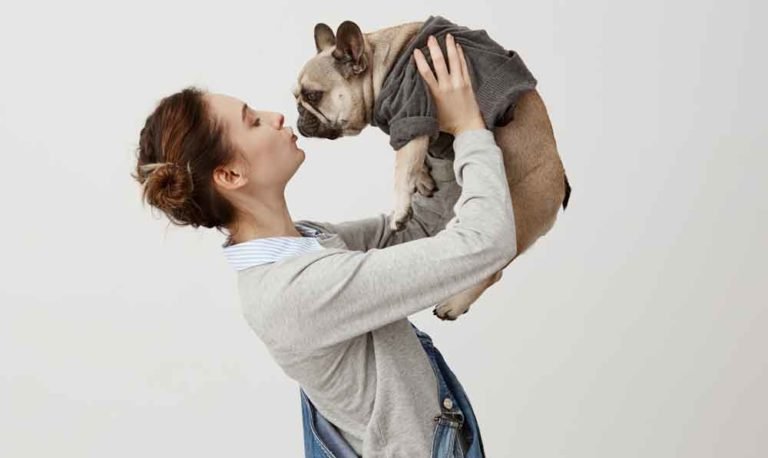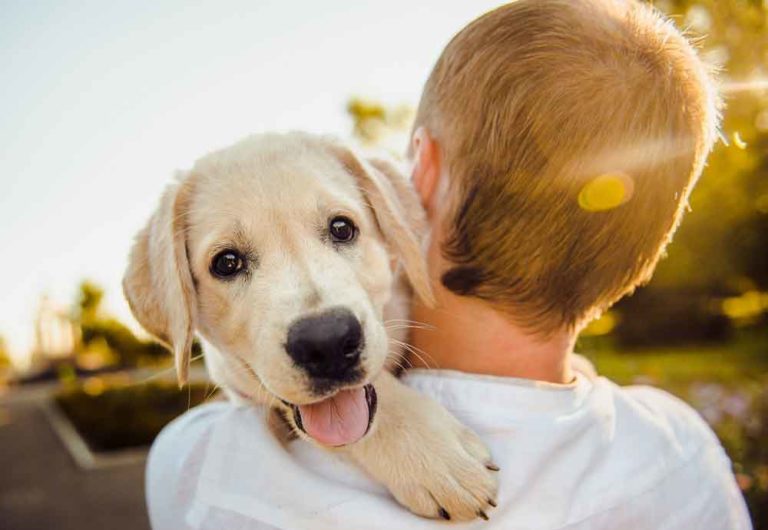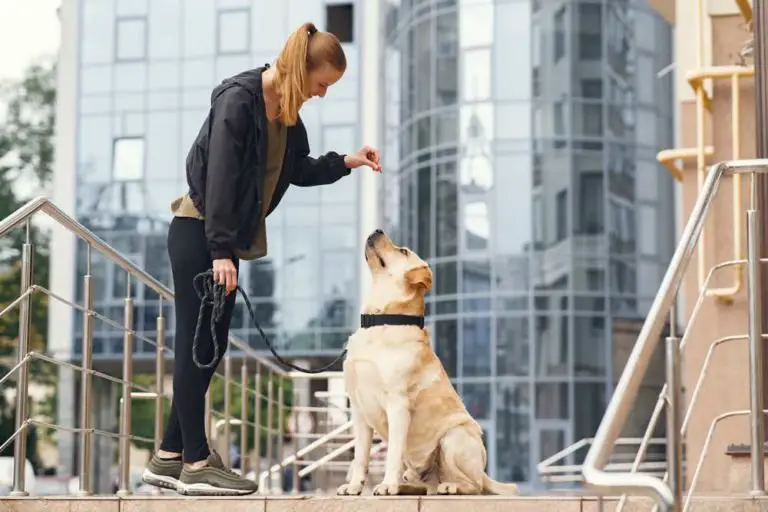Why Your Dog Has Stopped Jumping: Possible Reasons and Solutions
As a dog owner, it can be concerning when your furry friend suddenly stops jumping. You might be wondering what could be causing this change in behavior and whether it’s a sign of a more serious issue.
As a dog lover, I’ve researched this topic extensively and compiled a list of possible reasons why your dog has stopped jumping, as well as some solutions to help you address the issue.
Possible Reasons Your Dog Has Stopped Jumping
Health Issues
The first thing to consider is whether your dog’s lack of jumping ability could be due to a health issue. Here are some health problems that can affect a dog’s ability to jump:
- Arthritis: This is a common condition in older dogs, which causes inflammation and stiffness in the joints. Arthritis can make it painful for your dog to jump and move around.
- Hip dysplasia: This is a genetic condition that affects the hip joint, causing it to become loose and unstable. Dogs with hip dysplasia often have difficulty jumping and may show signs of pain or discomfort.
- Spinal problems: Issues with the spine, such as a herniated disc, can cause pain and weakness in a dog’s legs, making it difficult for them to jump.
If you suspect your dog’s lack of jumping ability is due to a health issue, it’s important to take them to the vet for a check-up. Your vet will be able to diagnose any underlying health problems and recommend appropriate treatment.
Lack of Exercise
Another reason why your dog may have stopped jumping is that they are not getting enough exercise. Dogs need regular exercise to stay healthy and maintain their strength and agility. If your dog is not getting enough exercise, they may become weak and lose their ability to jump.
Aging
As dogs age, their bodies go through a natural process of slowing down. They may become less active and have less energy. This can lead to a decrease in their ability to jump.
Fear or Anxiety
Dogs can also stop jumping due to fear or anxiety. For example, if your dog has had a negative experience while jumping, such as landing awkwardly or getting injured, they may become fearful and avoid jumping in the future.
Solutions for Your Dog’s Lack of Jumping Ability
Now that we’ve discussed some possible reasons why your dog may have stopped jumping, let’s look at some solutions to help address the issue.
Treatment for Health Issues
If your dog’s lack of jumping ability is due to a health issue such as arthritis, hip dysplasia, or a spinal problem, treatment will depend on the specific condition. Your vet may recommend medication, physical therapy, or surgery to help manage the condition and improve your dog’s mobility.
Regular Exercise
If your dog is not getting enough exercise, it’s important to establish a regular exercise routine. Depending on your dog’s age, breed, and activity level, they may need daily walks, runs, or playtime in the backyard. Regular exercise will help improve their overall fitness and strength, making it easier for them to jump.
Training and Conditioning
If your dog’s lack of jumping ability is due to aging or lack of conditioning, you can help improve their ability to jump through training and conditioning exercises. For example, you can set up obstacles for them to jump over or create a jumping course in your backyard. Gradually increase the height and difficulty of the jumps as your dog becomes more confident and capable.
Desensitization Training
If your dog is fearful or anxious about jumping, you can help desensitize them through training. Start by introducing them to a low and easy-to-jump obstacle and gradually increase the difficulty and height of the jumps as they become more comfortable and confident. Use positive reinforcement, such as treats or praise, to encourage your dog to jump and reward them for their progress.
Possible Reasons and Solutions for Your Dog’s Lack of Jumping Ability
| Possible Reasons | Solutions |
|---|---|
| Health Issues: Arthritis, hip dysplasia, spinal problems | Treatment from a vet, such as medication, physical therapy, or surgery |
| Lack of Exercise | Establish a regular exercise routine |
| Aging | Training and conditioning exercises to improve jumping ability |
| Fear or Anxiety | Desensitization training to help your dog become more comfortable and confident |
FAQs
How can I tell if my dog’s lack of jumping ability is due to a health issue?
If your dog is showing signs of pain, such as limping or favoring one leg, or if they seem reluctant to move or play, it’s possible that they have a health issue. It’s important to take your dog to the vet for a check-up to determine the underlying cause.

How much exercise does my dog need to maintain their jumping ability?
The amount of exercise your dog needs depends on their age, breed, and activity level. Generally, dogs need at least 30 minutes to an hour of exercise every day to stay healthy and maintain their strength and agility.
How can I help my dog become more comfortable and confident with jumping?
You can help desensitize your dog to jumping by introducing them to low and easy-to-jump obstacles and gradually increasing the difficulty and height of the jumps as they become more comfortable and confident. Use positive reinforcement to encourage and reward your dog for their progress.
Conclusion
If your dog has stopped jumping, it’s important to identify the underlying cause and implement appropriate solutions to address the issue. Whether it’s due to a health problem, lack of exercise, aging, or fear and anxiety, there are steps you can take to help your dog regain their jumping ability and maintain their overall health and well-being. By working with your vet and implementing a regular exercise and training routine, you can help your furry friend stay active and agile for years to come.







